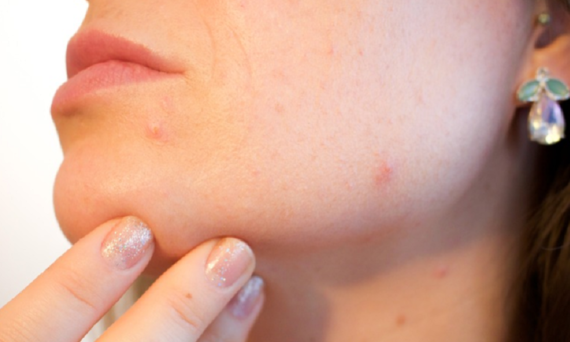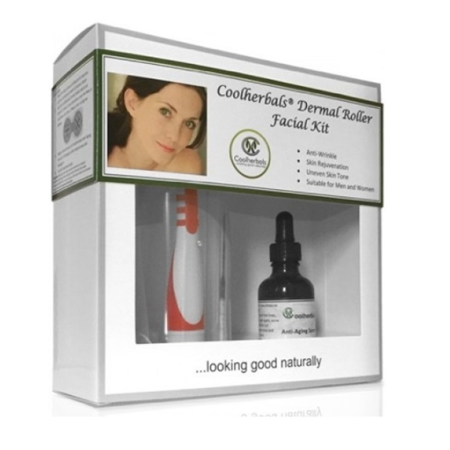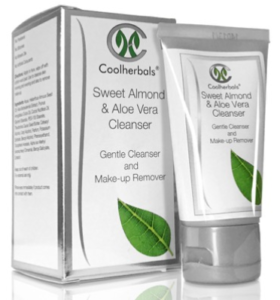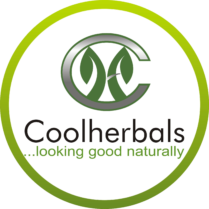Acne is a dermatological problem that affects nearly 50 million people worldwide. Even if it isn’t life-threatening, acne is a painful condition, that can leave scars and can have a major emotional and social impact on your life.
 Fortunately, it can be treated successfully with the latest generation of treatments, which significantly reduces the risk of scarring.
Fortunately, it can be treated successfully with the latest generation of treatments, which significantly reduces the risk of scarring.
Causes
Acne occurs when the pores are clogged with dust, dead skin, makeup or sebum (a combination that leads to the development of the bacterium responsible for acne – Propionibacterium acnes.
There are 4 major factors that can lead to the appearance of acne:
- sebum hyper-secretion
- accumulation of dead cells on the skin surface
- pores clogged with sebum, dust and other residues
- bacterial growth in clogged pores
Factors that can trigger or worsen acne
Hormonal imbalance. During puberty, the androgen hormone production is increasing leading to sebum hyper-secretion. If the level of androgens is low, there is a risk that the inflammation will widen, so acne may get worse. Also, hormonal changes during pregnancy and oral contraceptives may increase sebum production and, implicitly, the risk of acne.
Taking medications based on lithium, hormones, corticosteroids or anti-epileptic drugs may worsen acne.
A diet rich in dairy and carbohydrates may favour the inflammatory process in the skin. Also, consumption of chocolate and other sweets rich in refined sugar could worsen acne, but further studies are needed to confirm this theory.
Stress can increase the level of sebum and irritate the adrenal glands, which secrete a greater amount of androgenic hormones, causing inflammation of the skin. At the same time, stress reduces the immune system’s ability, so the body has low resources to fight bacteria and germs that can trigger acne.
Genetic heritage plays an important role in the development of acne; if both parents have experienced acne, you may also have this problem.
The use of cosmetics can also promote the appearance of acne by blocking pores; touching the skin with hands that have come into contact with fatty surfaces, such as, for example, a meal from the kitchen, can trigger acne.
Types of acne
Acne can appear anywhere on the body, but it occurs more often on the face, back, chest, shoulders and neck. The most common types of acne are blackheads and whiteheads, also known as comedones, which are the non-inflammatory version of acne. White spots are lesions from the surface of the skin that occur in the form of slightly raised points under the skin. When exposed to air, the content blocked in the pores is oxidized and the points become black.
Acne forms that can promote the appearance of scars:
– Papules – are small red swirls, firm, protruding on the surface of the skin;
– Pustules – Inflammatory lesions with yellowish, purulent content;
– Nodules – large and solid lesions that develop under the skin and are painful;
– Cysts – Large and swollen, full of fluid that form because of inflammation that causes hair follicles to rupture.
Acne treatment
The use of benzoyl, sulfur, salicylic acid or resorcinol peroxide products can help reduce skin lesions by destroying bacteria and drying the skin’s superficial layer.
 However, there are situations where symptoms persist even after using such products, in which case it is advisable to go to a dermatological consultation for a stronger treatment. It may consist of the application of special creams, dermal-abrasion, chemical peeling, laser treatment or even cortisone injections.
However, there are situations where symptoms persist even after using such products, in which case it is advisable to go to a dermatological consultation for a stronger treatment. It may consist of the application of special creams, dermal-abrasion, chemical peeling, laser treatment or even cortisone injections.
For scaring you may also try Coolherbals Anti-Aging Dermal Roller Facial Kit and The Coolherbals Anti-Aging Serum containing Collagen, Vegetable Squalene and Hyaluronic Acid which helps in rejuvenating skin, reducing fine lines, acne scars, age spots and improving skin health.
Keep in mind, however, that acne treatment is complex and individualized according to the form of acne!
To reduce the risk of acne, it is important to:
- Clean your skin daily with a gentle soap or a natural cleanser to remove excess sebum, dust
 and makeup. Wash the face with an antibacterial cleanser such as Coolherbals Neem & Brahmi Wash which helps prevent spots and blemishes or Sweet Almond & Aloe Vera Cleanser which gently removes dirt, grime and make-up, detoxifying and healing the skin.
and makeup. Wash the face with an antibacterial cleanser such as Coolherbals Neem & Brahmi Wash which helps prevent spots and blemishes or Sweet Almond & Aloe Vera Cleanser which gently removes dirt, grime and make-up, detoxifying and healing the skin. - Use natural cosmetics and avoid cosmetics containing oil
- Do not touch your face with dirty hands
- Avoid tight clothes made of synthetic materials
- Do not squeeze your pustules because this leads to bacterial growth and excess sebum

